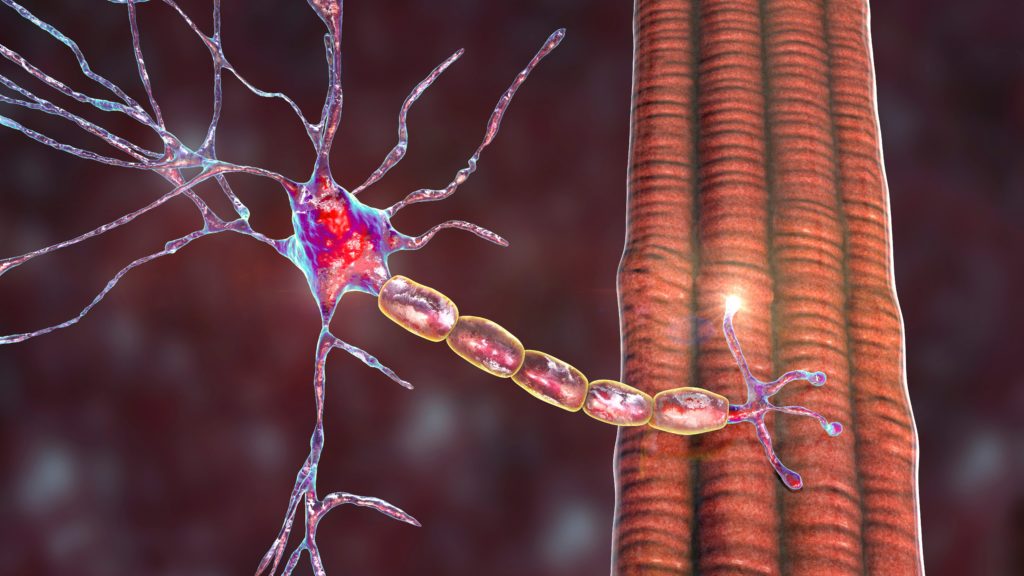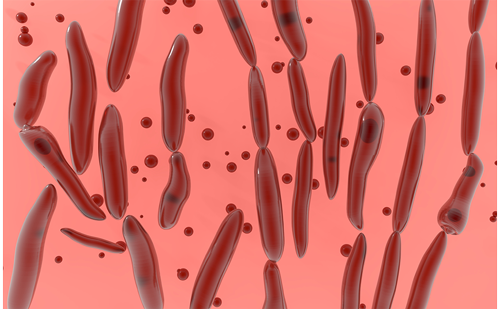Amyotrophic lateral sclerosis (ALS) is a neurodegenerative condition that is frequently described as being either familial or sporadic. Since the discovery of mutations in SOD1 as a cause of ALS, there has been an explosion in genetics research, leading to the discovery of at least 22 genes of major effect, of which C9orf72, SOD1, TDP43 and FUS are most prevalent in populations of European extraction.
In addition there is much that is yet to be discovered about ALS, and to move the genetics of ALS to the next steps, we must address at least five major dilemmas: (a) the precise definition of familial ALS; (b) the characterization of known genes and their distribution within different populations; (c) the likelihood that not all reported, apparently diseaseassociated variants are pathologic; (d) the utility or otherwise of genome-wide association studies in identifying new variants; and (e) the unexpected presence of genetic pleiotropy.
Familial versus Sporadic Disease
There is currently no accepted definition of familial ALS. ALS and frontotemporal dementia (FTD) are biologically related, and the definition of familial ALS should also allow for the presence of FTD. However, we must remember that the frequency of familial disease can be underestimated by the late onset of disease phenotype, incomplete penetrance and small kindreds, and that because the lifetime risk is 1:400, in kindred of 17, there is a 5 % chance that another family member will also have ALS who is not familial.1,2 Notwithstanding, detailed family history studies estimate that 15 % of people with ALS have another affected member, and in populations of European extraction, 50 % of these families will harbour a repeat expansion in C9orf72.3
However, genetic risk factors play a role in the aetiology of a substantial portion of apparently non-familial disease.4 This is supported by heritability estimates based on twin (38–78 %) and trio data (41–60 %), as well as the genetic epidemiology observations that Mendelian genes in familial ALS are also found as disease-causing mutations in apparently sporadic cases.5
Known Genes and Population Diversity
It is no longer correct to consider that the genetic risk for developing ALS is uniform across the world, because known genes are not uniformly distributed across the world. We know that the C9orf72 variant is rare outside of European populations, and that mutations in SOD1 are also population-specific, occurring with low frequency in familial and sporadic disease in the Netherlands and Ireland, and with higher frequency in Italy and the US.5 There is strong evidence now that founder effects of single genes can increase the frequency of ALS in some regions (e.g. Sardinia and the Kii peninsula of Japan6), and that oligogenic inheritance (the likelihood of two or more variants combining to increase the risk for disease) can also affect risk within populations, as has been shown in Guam.7 Conversely, genetically diverse populations, such as Cuba and Latin America, exhibit lower rates of disease.8 These factors must be taken into account when studying ALS in diverse populations, and when advising patients in a genetic counselling setting.
Are All Variants Pathogenic?
Population-based studies of ‘at-risk’ genes that increase disease susceptibility suggest that up to 17 % of patients with ALS carry an ‘at-risk’
the risk is conferred remains to be elucidated.5 There have also been many reports of ‘disease-causing’ variants of ALS that have not yet been verified. By using reference databases of genetic variation to evaluate the potential pathogenicity of candidate variants, it can be shown that significant proportion of variants reported as pathogenic across locusspecific databases may not truly be disease-causing, and that some reported normal variants may actually contribute to pathogenicity.9 The only true way to demonstrate variant pathogenicity is to demonstrate segregation with disease within kindred. However, this can be difficult as ALS is a late-onset disease.
Have Genome-wide Association Studies Passed their Sell-by Date?
Genome-wide association studies (GWAS) in ALS have been relatively disappointing, perhaps primarily because of small sample size (5,000 patients, 15,000 controls). Notwithstanding, compared with schizophrenia and Parkinson’s disease, cross-population GWAS to date have identified a disappointingly small number of associated loci that can be replicated, accounting for no more than 10–15 % of all cases of sporadic ALS. This ‘missing heritability’ suggests that the remainder of cases unaccounted for by genetic studies are associated with genetic variation that is rare, private (to an individual or kindred), or population-specific. Increasing the sample size to over 15,000 patients may still increase the number of ‘hits’ substantially, as has been observed in other diseases such as Parkinson’s disease, Alzheimer’s disease, multiple sclerosis, and schizophrenia, and a combined GWAS for ALS including over 16,000 patients and 25,000 controls is currently being analyzed. However, it may also be the case that more population-specific studies will be of benefit in some instances, particularly in those regions of the world in which there is a higher likelihood of cryptic consanguinity10 and that are suited to a ‘clan genomics’ approach.11
Genetic Pleiotropy
Genetic pleiotropy has been associated with expansions in C9orf72. In addition to FTD, non-ALS phenotypes associated with C9orf72 expansions include Huntington disease phenocopies,12 bipolar disorder,13 and psychosis.3 A recent family aggregation study has also shown evidence of genetic pleiotropy in non-C9orf72-related ALS, including increased rates of schizophrenia and suicide in first-degree relatives.3 The observation of the presence of neuropsychiatric endophenotypes in first-degree relatives of patients with ALS will help us to identify new groups of genes associated with ALS and psychiatric disease, which in turn will help to discover previously unrecognized pathways in disease pathogenesis. The observation also raises intriguing questions about the taxonomy of psychiatric disease in affected individuals with genotypes that associate with neurodegeneration, and could indeed provide a potential pathway that reunites aspects of the segregated disciplines of neurology and psychiatry.
What Next?
There remains much to play for in ALS genetics research. Increased international collaboration and the combination of detailed clinical phenotyping with next-generation whole-genome sequencing through initiative such as Project Mine (www.ProjectMine.com) coupled with advanced bioinformatic technology are most likely to provide a wealth of new information about ALS pathophysiology. This in turn will provide exciting new avenues for developments in disease therapeutics.













